Home>Interior Design>Decorating With Botanicals: 10 Ways To Use Foliage In Rooms
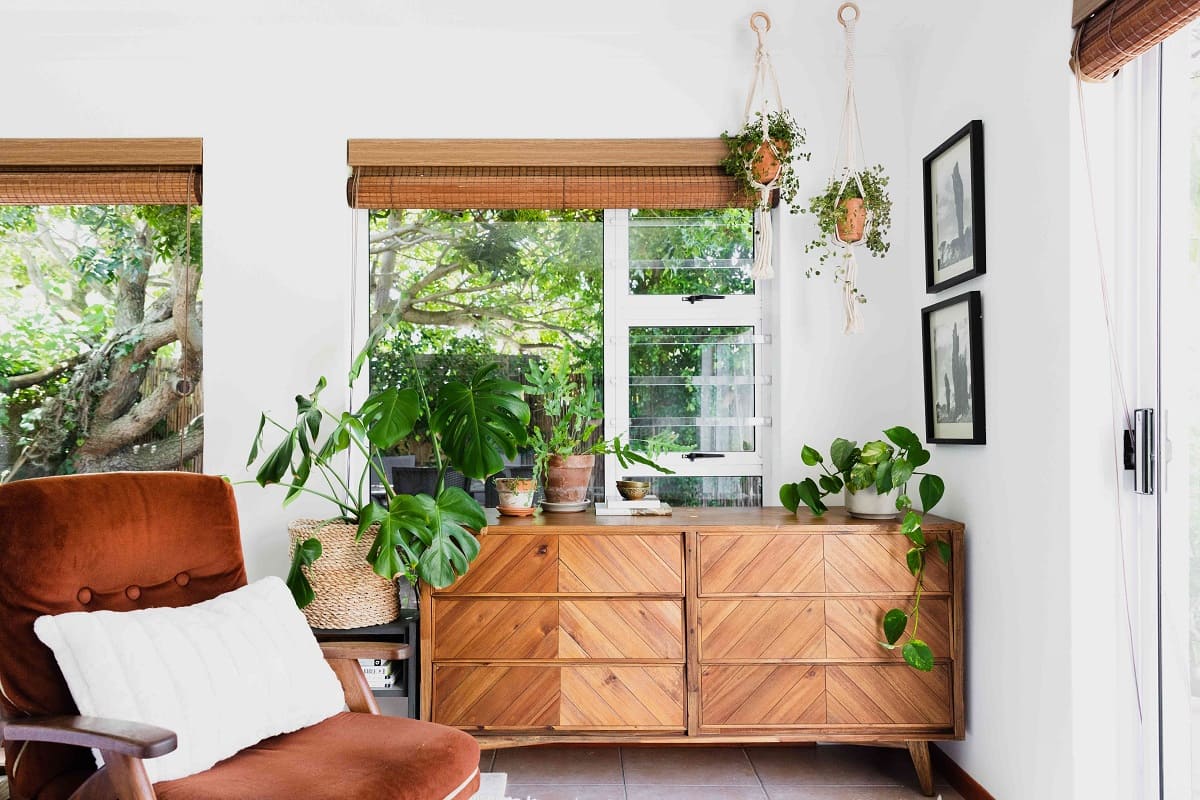

Interior Design
Decorating With Botanicals: 10 Ways To Use Foliage In Rooms
Modified: October 19, 2024
Discover creative ways to incorporate foliage into your interior design with these 10 botanical decorating ideas. Transform your rooms with the beauty and freshness of natural greenery.
(Many of the links in this article redirect to a specific reviewed product. Your purchase of these products through affiliate links helps to generate commission for Storables.com, at no extra cost. Learn more)
Introduction
Welcome to the world of interior design, where creativity and aesthetics come together to transform living spaces into beautiful havens. When it comes to decorating, one aspect that often gets overlooked is the use of foliage. Incorporating plants and botanical elements into your interior design can have a transformative effect, adding life, freshness, and a touch of nature to any room.
Bringing the outdoors in has become a popular trend in recent years, as people have recognized the numerous benefits that plants bring to our well-being. Not only do they purify the air, but they also create a sense of tranquility and harmony. From large statement plants to delicate ferns, there is a vast array of foliage options to choose from, allowing you to create a unique and personalized space.
In this article, we will explore ten creative ways to use foliage in your interior design. Whether you have a green thumb or struggle to keep a cactus alive, there are options for everyone to incorporate the beauty of nature into their homes. From potted plants and botanical wallpapers to scented decor and foliage-inspired textiles, we will cover a wide range of ideas to inspire and guide you in your decorating journey.
So, let’s dive into the world of botanicals and discover how you can incorporate foliage into your rooms to create stunning, inviting, and vibrant spaces that reflect your personal style and enhance your well-being.
Key Takeaways:
- Bring the outdoors in by incorporating foliage into your interior design. From potted plants to botanical wallpapers, create vibrant and inviting spaces that reflect your personal style and enhance well-being.
- Utilize scented decor, botanical-inspired textiles, and natural dividers to infuse your home with the beauty of nature. Embrace creativity and create captivating, personalized spaces that nurture tranquility and freshness.
Bringing the Outdoors In: Using Foliage as a Decorative Element
One of the simplest and most effective ways to incorporate foliage into your interior design is by using it as a decorative element. Adding plants and greenery to your rooms can bring life, vibrancy, and a sense of freshness.
Consider placing a potted plant on a side table, shelf, or windowsill to create a focal point and add a pop of color. Choose plants with interesting leaves and textures, such as the fiddle-leaf fig or snake plant, to add visual interest to your space.
You can also experiment with different plant sizes and shapes to create a dynamic arrangement. Group smaller plants together on a tray or in a decorative basket for an organized and cohesive look. Larger plants, such as a majestic palm or a tall fern, can be placed in a corner to add height and drama to the room.
Another way to use foliage as a decorative element is by incorporating hanging plants. Install macrame plant hangers or a hanging shelf to display cascading plants like ivy or pothos. This not only adds visual interest but also utilizes vertical space and creates a lush, green vibe in your room.
If you have a fireplace, consider adorning the mantel with a garland of fresh eucalyptus or seasonal blooms. This adds a touch of elegance and natural beauty to your living space.
For those with a minimalist aesthetic, consider using single stem flowers or branches in a simple vase. This can create a sculptural element that adds a sense of refinement and sophistication.
When incorporating foliage as a decorative element, be mindful of the lighting conditions and the plant’s needs. Some plants thrive in bright, indirect light, while others prefer shady spots. Choose plants that are suitable for the specific location to ensure their longevity and health.
By using foliage as a decorative element, you can effortlessly bring the beauty of nature indoors and create a calming and inviting atmosphere in your rooms.
Creating a Green Oasis: Incorporating Potted Plants in Interior Design
Potted plants are a fantastic way to infuse your interior design with a sense of nature and create a green oasis within your home. Whether you have a spacious living room or a small apartment, there are endless possibilities for incorporating potted plants into your decor.
One popular trend is creating a curated collection of plants by grouping them together in various sizes and shapes. This can be done on a dedicated plant shelf, a plant stand, or even a hanging display. Choosing plants with different leaf shapes, sizes, and textures can add depth and visual interest to your space.
If you have limited floor space, consider using hanging or wall-mounted planters. These can be installed on the wall or from the ceiling, adding a touch of greenery without taking up valuable floor space. Vining plants like pothos or ivy work particularly well in this type of setup, cascading down and creating a stunning visual display.
Another creative way to incorporate potted plants into your interior design is by using them as natural room dividers. Large plants, like palms or tall fiddle-leaf figs, can be strategically placed to create a sense of separation between different areas without sacrificing an open and airy feel. This can be especially useful in studio apartments or open-concept living spaces.
In addition to their decorative value, potted plants also offer numerous health benefits. They help filter and purify the air, increase humidity, and even reduce stress levels. So, not only do they look beautiful, but they also contribute to a healthier and more harmonious living environment.
When selecting potted plants, consider the lighting conditions in your home. Some plants thrive in bright, indirect light, while others prefer low-light environments. Choose plants that are suitable for the specific location where you plan to keep them, ensuring they will thrive and flourish.
To maintain your potted plants, be sure to water them regularly, but be mindful not to overwater. Most plants prefer to dry out slightly between waterings. It’s also essential to periodically check for pests and diseases and provide the necessary care, such as pruning or repotting, to keep your plants healthy.
By incorporating potted plants into your interior design, you can create a green oasis that not only adds beauty to your space but also improves the overall ambiance and well-being of your home.
Statement Walls: Decorating with Botanical Wallpaper
When it comes to making a bold design statement, nothing quite compares to botanical wallpaper. This trend has exploded in popularity in recent years and is a fantastic way to bring the beauty of nature into your home.
Botanical wallpaper comes in a wide variety of designs, from delicate floral patterns to vibrant tropical prints. Whether you prefer a subtle and calming aesthetic or a vibrant and energetic look, there is a botanical wallpaper to suit every style and preference.
One popular way to use botanical wallpaper is to create a feature or accent wall. Choose a wall in your room that you want to highlight, such as behind a bed, in a dining area, or even in a hallway. Applying botanical wallpaper to this wall instantly adds visual interest and becomes the focal point of the space. This is particularly effective in rooms with minimalist or neutral color palettes, as it injects a burst of color and texture.
If you prefer a more cohesive look, you can wallpaper all the walls in a room. This creates a truly immersive experience and can make you feel like you’re stepping into a lush forest or a serene garden. Just be mindful of the scale and intensity of the pattern, ensuring it complements the other elements in the room without overwhelming the space.
An alternative to traditional wallpaper is removable wallpaper, which allows you to experiment with different botanical designs without the commitment. This is an excellent option for renters or those who like to change their decor frequently. Removable wallpaper can be easily applied and removed without damaging the walls.
In addition to walls, you can also use botanical wallpaper to enhance other elements of your interior design. Consider applying it to the back of bookshelves or cabinets for a delightful surprise when you open them. You can also frame smaller sections of botanical wallpaper to create unique art pieces that can be hung on the walls.
When styling a room with botanical wallpaper, keep the rest of the decor relatively simple and let the wallpaper take center stage. Choose furniture and accessories that complement the colors and patterns in the wallpaper without competing with them. This will ensure a harmonious and balanced look.
Botanical wallpaper is a fantastic way to bring the beauty of nature into your home and create a stunning visual impact. Whether used as a feature wall or applied throughout the room, it adds a touch of elegance and brings the outdoors indoors.
Hanging Gardens: Installing Vertical Gardens in Rooms
Vertical gardens, also known as living walls or green walls, are a captivating way to incorporate foliage into your interior design and make a bold statement. These living artworks not only add a stunning visual element to a space but also provide numerous benefits, such as improved air quality and increased humidity.
Installing a vertical garden in your room can be a bit more involved than other methods of incorporating foliage, but the results are definitely worth the effort. There are several ways to create a vertical garden, depending on your preference and available space.
One option is to use modular vertical garden systems. These systems consist of individual modules that can be mounted on the wall and filled with plants of your choice. This allows you to create a customized arrangement that suits your style and space. The modular nature of these systems also makes it easy to rearrange or replace plants as needed.
If you have limited floor space, consider using a freestanding vertical garden. These can be standalone structures with built-in planters or vertical frames that can be leaned against a wall. This option is perfect for small apartments or areas where wall installation is not feasible.
When selecting plants for your vertical garden, choose varieties that are well-suited to the lighting conditions of your room. Some plants thrive in bright, indirect light, while others can tolerate lower light levels. It’s important to choose plants that will flourish in your specific environment to ensure the longevity and beauty of your vertical garden.
Watering and maintaining a vertical garden can be a bit different from traditional potted plants. Many vertical garden systems have built-in irrigation systems that distribute water evenly across the plants. However, it’s still important to monitor the moisture levels and adjust the watering frequency as needed.
To enhance the visual impact of your vertical garden, consider mixing different plant types with various colors, textures, and sizes. Combining trailing plants with upright varieties can create a dynamic and pleasing arrangement. Don’t be afraid to experiment and get creative with your plant selection.
Vertical gardens can be installed in various rooms, such as living rooms, bedrooms, or even kitchens. They add a unique and eye-catching element to the space and can serve as a conversation starter.
Whether you choose a modular system or a freestanding structure, a vertical garden is a remarkable way to bring a lush and vibrant display of foliage into your room. It adds a dramatic and artistic touch while providing a breath of fresh air in your interior design.
Natural Art: Framing Botanical Prints and Pressed Leaves
If you’re looking for a more subtle and artistic way to incorporate foliage into your interior design, framing botanical prints and pressed leaves can be a beautiful and unique option. This approach allows you to showcase the intricate details and natural beauty of plants in a framed work of art.
Botanical prints, whether vintage illustrations or modern photographs, can add a touch of elegance and sophistication to any room. They are available in a wide variety of styles and sizes, allowing you to choose the ones that best suit your aesthetic. You can opt for a single large print as a statement piece or create a gallery wall with a collection of smaller prints.
When selecting botanical prints, consider the colors and patterns already present in your space. Choose prints that complement the existing decor and create a cohesive look. For example, if your room has a neutral color palette, you might want to select prints with muted tones or black and white illustrations. On the other hand, if you want to add a bold pop of color, opt for prints with vibrant botanical imagery.
Pressed leaves are another way to create natural art pieces that showcase the beauty of foliage. To press leaves, gather fresh leaves and place them between sheets of absorbent paper or parchment. Stack heavy books or use a flower press to apply pressure and leave them for a few weeks until they dry out completely. Once dried, you can frame the pressed leaves individually or arrange them in a collage-style display.
When framing botanical prints or pressed leaves, consider using natural materials for the frames, such as wood or bamboo. This adds to the organic and natural aesthetic of the artwork. You can also add matting or create a shadowbox effect to enhance the visual impact.
Botanical art pieces can be displayed in various areas of your home, including living rooms, bedrooms, and even kitchens or dining rooms. They add a touch of nature and can evoke a sense of calm and tranquility.
If you’re feeling creative, consider creating your own botanical art. Take photographs of flowers or plants in your garden or nature walks, or try your hand at botanical illustrations. This personal touch adds a unique and meaningful aspect to your interior design.
By framing botanical prints or pressed leaves, you can transform simple plant materials into stunning works of art that celebrate the intricate beauty of nature. It’s a creative and timeless way to incorporate foliage into your interior design and bring a touch of the outdoors into your living space.
Mix different types of foliage to create visual interest and texture in your rooms. Combine large, broad leaves with delicate, feathery ones for a dynamic and balanced look.
Tabletop Delights: Adorning Surfaces with Floral Centerpieces
One of the simplest and most effective ways to incorporate foliage into your interior design is by adorning tabletops with floral centerpieces. Whether it’s a dining table, coffee table, or side table, adding a burst of fresh flowers and greenery instantly elevates the look and atmosphere of the room.
Start by selecting a vessel or container that suits the style and size of your table. It can be a traditional vase, a rustic terracotta pot, a vintage pitcher, or even a glass jar. What’s important is that it complements the rest of the decor and provides a stable base for your floral arrangement.
When choosing flowers for your centerpiece, consider the color palette of the room and the desired mood. You can opt for a monochromatic arrangement using flowers of the same color but with varying textures, or create an eclectic mix of vibrant blooms for a bold and lively look. Don’t forget to include different foliage and greenery to add depth and variation to the centerpiece.
If you have a large dining table, consider creating a long and low arrangement that runs along the center. This allows for easy conversation across the table while still providing a beautiful focal point. For smaller tables, opt for a more compact arrangement that doesn’t obstruct the view or take up too much space.
Remember that floral arrangements don’t have to be limited to fresh flowers. You can also incorporate dried flowers, branches, or even artificial flowers that look incredibly realistic. This gives you the opportunity to create a long-lasting centerpiece that requires minimal maintenance.
While flowers are the star of the show, don’t forget about the vessel itself. Consider adorning it with decorative elements like ribbons, twine, or even a delicate lace doily. You can also add a decorative filler like colored stones or glass beads to further enhance the aesthetic of the centerpiece.
Floral centerpieces can be easily rotated and updated to suit the season or special occasions. In the spring, opt for bright blooms like tulips or daffodils. In the summer, go for vibrant sunflowers or lilies. For a cozy autumn ambiance, choose rich-colored flowers and foliage like dahlias or mums. And during the winter months, opt for evergreen branches, berries, or white flowers for a frosty feel.
By adorning tabletops with floral centerpieces, you can instantly freshen up your space and add a touch of natural beauty. It’s a simple yet impactful way to incorporate foliage into your interior design and bring a sense of joy and vibrancy to any room.
Nature’s Fragrance: Utilizing Fresh Herbs and Flowers for Scented Decor
When it comes to incorporating foliage into your interior design, it’s not just about the visual appeal. The scents of fresh herbs and flowers can also enhance the ambiance and create a soothing and inviting atmosphere. By utilizing fragrant plants, you can infuse your space with delightful natural scents that tantalize the senses.
One way to utilize fresh herbs and flowers for scented decor is by creating herb gardens in your kitchen or windowsill. Choose aromatic herbs like rosemary, basil, mint, or lavender. Not only will these herbs provide a lovely fragrance, but they are also practical for culinary purposes. Every time you brush against them or use them in your cooking, their refreshing scents will fill the air and create a delightful experience.
Another way to incorporate scented plants is by placing vases of fresh flowers in different rooms of your home. Flowers like roses, jasmine, gardenias, and lilacs have beautiful and captivating scents that can instantly uplift your mood and create a relaxing atmosphere. You can change the flowers regularly to enjoy different scents and experiment with various combinations.
In addition to herbs and flowers, consider using scented botanicals like dried lavender, eucalyptus, or citrus peel. These can be placed in bowls or hung in bundles to release their natural fragrances and add a subtle aroma to your living spaces.
If you’re feeling crafty, you can also create homemade potpourri using dried flowers, herbs, and spices. Combine elements like rose petals, cinnamon sticks, dried orange slices, and cloves in a bowl or sachet. This not only adds visual interest but also fills the room with a delightful fragrance.
When utilizing scented plants for decor, it’s important to take into consideration the intensity and longevity of the scent. Some plants have stronger fragrances than others, and certain scents may dissipate more quickly than others. Experiment with different combinations and adjust accordingly to achieve the desired effect.
Remember to care for your scented plants properly to maintain their fragrance. Regularly water and prune them as needed, and place them in locations where they can receive optimal sunlight and air circulation. This will ensure that they thrive and continue to emit their delightful scents.
Utilizing fresh herbs and flowers for scented decor not only adds a sensory experience to your living spaces but also brings the beauty of nature indoors. The delightful scents create a calming and inviting ambiance, making your home feel like a tranquil oasis.
Natural Dividers: Using Large Plants to Separate Spaces
Creating distinct zones or defining separate areas within a room can be achieved in various ways, but using large plants as natural dividers is an innovative and visually appealing approach. Not only do these plants act as functional separators, but they also bring life and a touch of nature to your interior design.
Using large plants to separate spaces is particularly effective in open-concept living areas, studio apartments, or rooms that serve multiple functions. They provide a sense of privacy, create a visual barrier, and add a natural element that softens the division between different areas.
Choose large and bushy plants like palm trees, ferns, or tall fiddle-leaf figs. These plants can grow to substantial heights and create a lush wall of greenery. Place them strategically to divide the space in a way that makes sense for your specific needs.
For example, in an open-plan living area, you can position a large plant between the seating area and the dining area to create a subtle separation while maintaining a sense of openness. Similarly, in a studio apartment, you can place a large plant near the bed to create a sense of enclosure and privacy.
When selecting plants as dividers, consider the lighting conditions of the room and choose plants that will thrive in those conditions. Some plants require bright, indirect light, while others can tolerate lower light levels. Understanding the needs of the plants will ensure their health and longevity.
Make sure to also consider the size and scale of the room and the plants. You don’t want the plants to overpower the space or make it feel cramped. Choose plants that are proportionate to the room and leave ample space for movement and airflow.
Accessorize the plants by placing them in decorative containers or planters that complement your interior design style. This helps transform the plants into statement pieces that enhance the overall aesthetic of the room.
In addition to providing separation, large plants offer several other benefits. They can help absorb sound, improving acoustics in your space. They also contribute to air purification, creating a healthier indoor environment.
Remember to give your large plants proper care by watering them regularly, providing the necessary nutrients, and ensuring they have appropriate drainage. Regularly dust the leaves to keep them clean and vibrant.
Using large plants as natural dividers is a creative and stylish way to separate spaces within your home. They add a sense of privacy, elegance, and a touch of nature that brings harmony to your interior design.
Eclectic Accents: Decorating with Botanical-Inspired Sculptures and Artifacts
Adding botanical-inspired sculptures and artifacts to your interior design is a fantastic way to infuse your space with a unique and eclectic touch of nature. These artistic pieces can range from intricate botanical sculptures to whimsical artifacts that depict elements of flora and fauna.
When incorporating botanical-inspired sculptures and artifacts, consider the overall theme and style of your space. This will help ensure that the pieces blend harmoniously with the existing decor. For example, if you have a modern and minimalist interior, opt for sculptures with clean lines and abstract botanical forms. On the other hand, if your style is more bohemian or rustic, consider artifacts that incorporate natural materials like wood or metal.
One option is to showcase a statement piece as the focal point of a room. This could be a large sculpture of a flower, leaf, or tree, placed on a pedestal or in an alcove. It instantly becomes a conversation starter and adds a captivating element to the space.
Another approach is to create an art display using a collection of smaller botanical-inspired artifacts. You can group them on a shelf, arrange them on a gallery wall, or even place them on a mantel. Mix and match different pieces, such as botanical prints, ceramic planters, or handcrafted pieces, for an eclectic and vibrant look.
Consider incorporating elements inspired by nature, such as bird sculptures, insect motifs, or even antlers or branches, to create a layered and dynamic display. These accents add a sense of whimsy and can help create a story within your space.
When choosing botanical-inspired sculptures and artifacts, give thought to their material and texture. Opt for pieces that mimic the organic feel of plants, like sculptures made of ceramic, stone, or resin. This adds an authentic and tactile element to your decor.
Don’t forget to consider the placement of these artistic accents. They can be placed on coffee tables, bookshelves, or even mounted on walls as decorative features. Experiment with different arrangements and locations to find the perfect spot for each piece.
It’s important to strike a balance when using botanical-inspired sculptures and artifacts. Avoid overcrowding your space with too many pieces, as this can create visual clutter. Select a few key items that resonate with you and complement your overall design aesthetic.
By incorporating botanical-inspired sculptures and artifacts into your interior design, you invite the beauty of nature into your space in a unique and artistic way. These pieces not only add visual interest but also showcase your personal style and appreciation for the natural world.
A Touch of Nature: Enhancing Rooms with Foliage-Inspired Textiles and Patterns
Adding foliage-inspired textiles and patterns to your interior design is a wonderful way to bring a touch of nature into your rooms. Whether through botanical prints, leaf motifs, or floral patterns, incorporating these elements into your textiles can create a sense of harmony and organic beauty within your space.
One way to introduce foliage-inspired textiles is through the use of curtains or drapes. Choose fabrics with botanical motifs, such as palm leaves, ferns, or blooming flowers, to add a natural and refreshing feel to your windows. These patterns can create a striking visual impact and instantly transform the atmosphere of the room.
Another option is to incorporate foliage-inspired patterns into your upholstery, such as sofas, chairs, or cushions. Select fabrics that feature botanical prints or leaf designs to create a focal point and infuse your furniture with a touch of nature. This adds depth and visual interest, making your seating areas more inviting and cozy.
Don’t limit foliage-inspired textiles to just larger furniture pieces. Consider incorporating them into smaller accents like throw blankets, table runners, or even bedding. This creates a cohesive and visually pleasing look while adding a layer of softness and comfort to your space.
In addition to fabrics, you can also experiment with foliage-inspired wallpaper or wall coverings. Consider selecting patterns that mimic the growth and movement of leaves and branches. This can create a stunning feature wall that brings the outdoors in, adding depth and texture to your room.
When incorporating foliage-inspired textiles and patterns, be mindful of the color palette and overall design aesthetic of your space. Choose patterns and colors that complement the existing elements in the room without overwhelming the space. For a more subtle approach, opt for muted tones and delicate botanical prints. If you want to make a bold statement, go for vibrant colors and larger-scale patterns.
Pairing foliage-inspired textiles with natural materials like wood, rattan, or jute can enhance the organic feel of your space. The combination of textures creates a harmonious and balanced look, bringing a sense of tranquility and connection to nature.
Remember to consider the scale and proportion of the patterns when selecting foliage-inspired textiles. In larger spaces, you can experiment with bolder and more intricate designs. In smaller rooms, opt for smaller-scale patterns to avoid overwhelming the space.
By incorporating foliage-inspired textiles and patterns into your interior design, you infuse your space with a touch of nature and bring a sense of tranquility and freshness. These textiles create visual interest, add warmth, and reflect your love for the beauty of the natural world.
Conclusion
Incorporating foliage into your interior design is a wonderful way to create inviting, vibrant, and harmonious spaces that reflect your personal style. Whether you choose to bring the outdoors in with potted plants, adorn surfaces with floral centerpieces, or decorate with botanical-inspired textiles and patterns, there are endless possibilities to infuse your home with the beauty of nature.
By using foliage as a decorative element, you can add life, freshness, and a touch of color to any room. From small potted plants to hanging gardens, these natural elements create a sense of tranquility and harmony, allowing you to create a unique and personalized space that nurtures your well-being.
Utilizing botanical wallpaper and framed prints brings the beauty of nature to your walls, creating stunning and impactful focal points in your rooms. The intricate details and vibrant colors of botanical prints and pressed leaves add an artistic and natural touch to your interior design.
Large plants act as natural dividers, creating distinct zones and defining separate areas within a room. They bring a touch of nature and a sense of privacy, while also contributing to improved air quality and a healthier living environment.
Incorporating botanical-inspired sculptures and artifacts adds an eclectic and artistic flair to your space. These unique pieces bring the beauty of flora and fauna into your rooms, creating a captivating and conversation-worthy ambiance.
Don’t forget the power of scented decor. Using fresh herbs, flowers, and botanicals for fragrance enhances the atmosphere of your home, creating a delightful sensory experience. The subtle and refreshing scents can create a calming and invigorating ambiance.
Lastly, using foliage-inspired textiles and patterns adds a touch of nature and organic beauty to your space. From curtains to upholstery, these patterns infuse your rooms with a sense of harmony and create a visually pleasing environment.
As you embark on your interior design journey, remember to have fun and unleash your creativity. Experiment with different elements and techniques to find what resonates with you and enhances your living space. Whether you have a green thumb or just appreciate the beauty of nature, incorporating foliage into your interior design will add depth, vibrance, and a sense of tranquility to your home.
The possibilities are endless, so let your imagination run wild and create a truly captivating and personalized space that reflects your love for interior design and the beauty of the natural world.
Frequently Asked Questions about Decorating With Botanicals: 10 Ways To Use Foliage In Rooms
Was this page helpful?
At Storables.com, we guarantee accurate and reliable information. Our content, validated by Expert Board Contributors, is crafted following stringent Editorial Policies. We're committed to providing you with well-researched, expert-backed insights for all your informational needs.
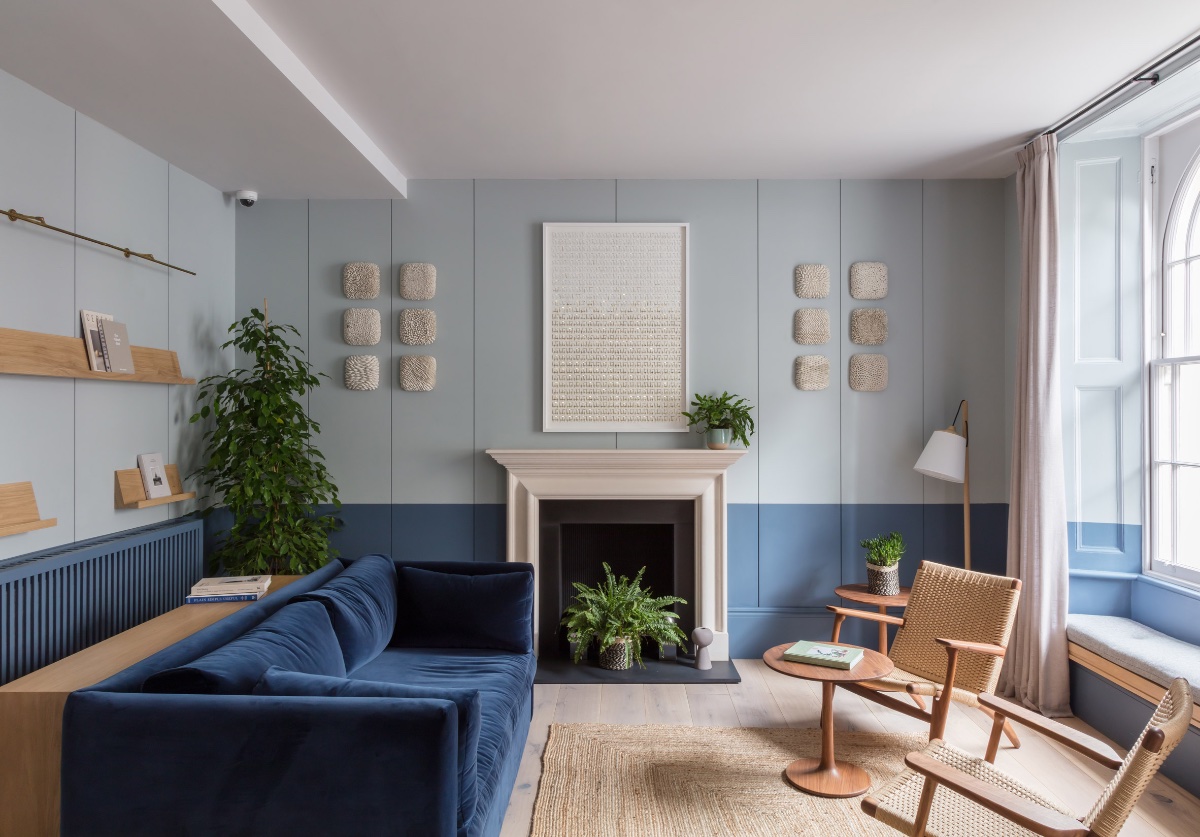
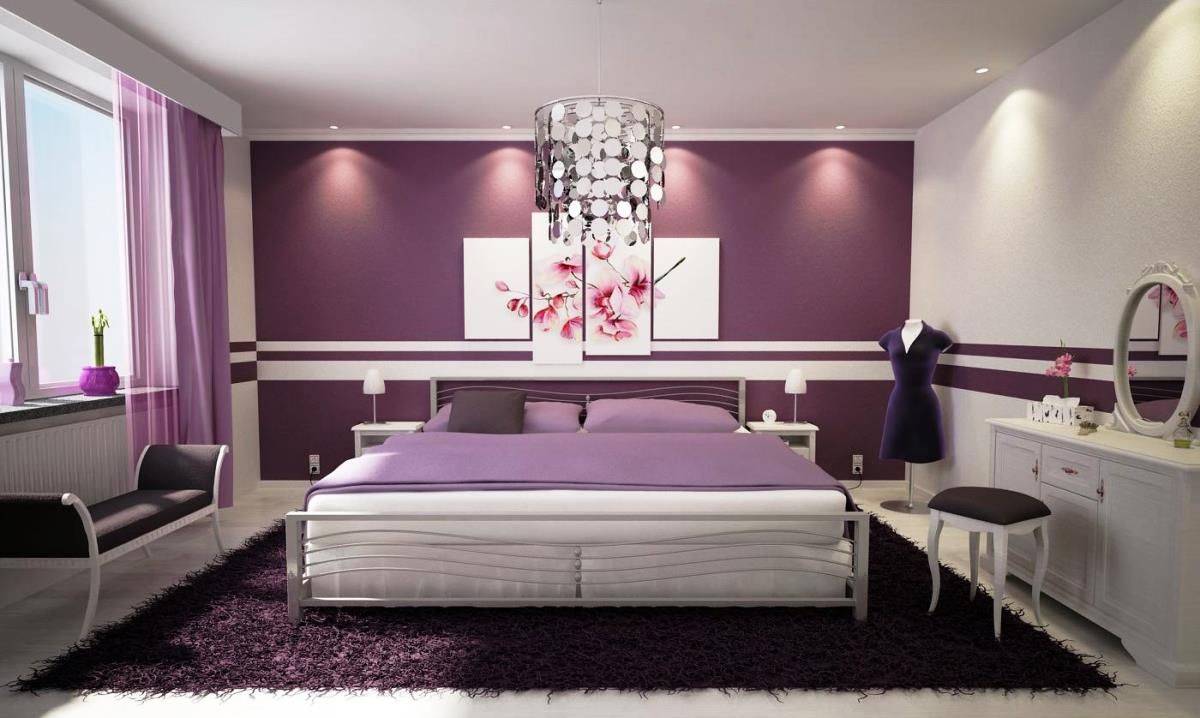
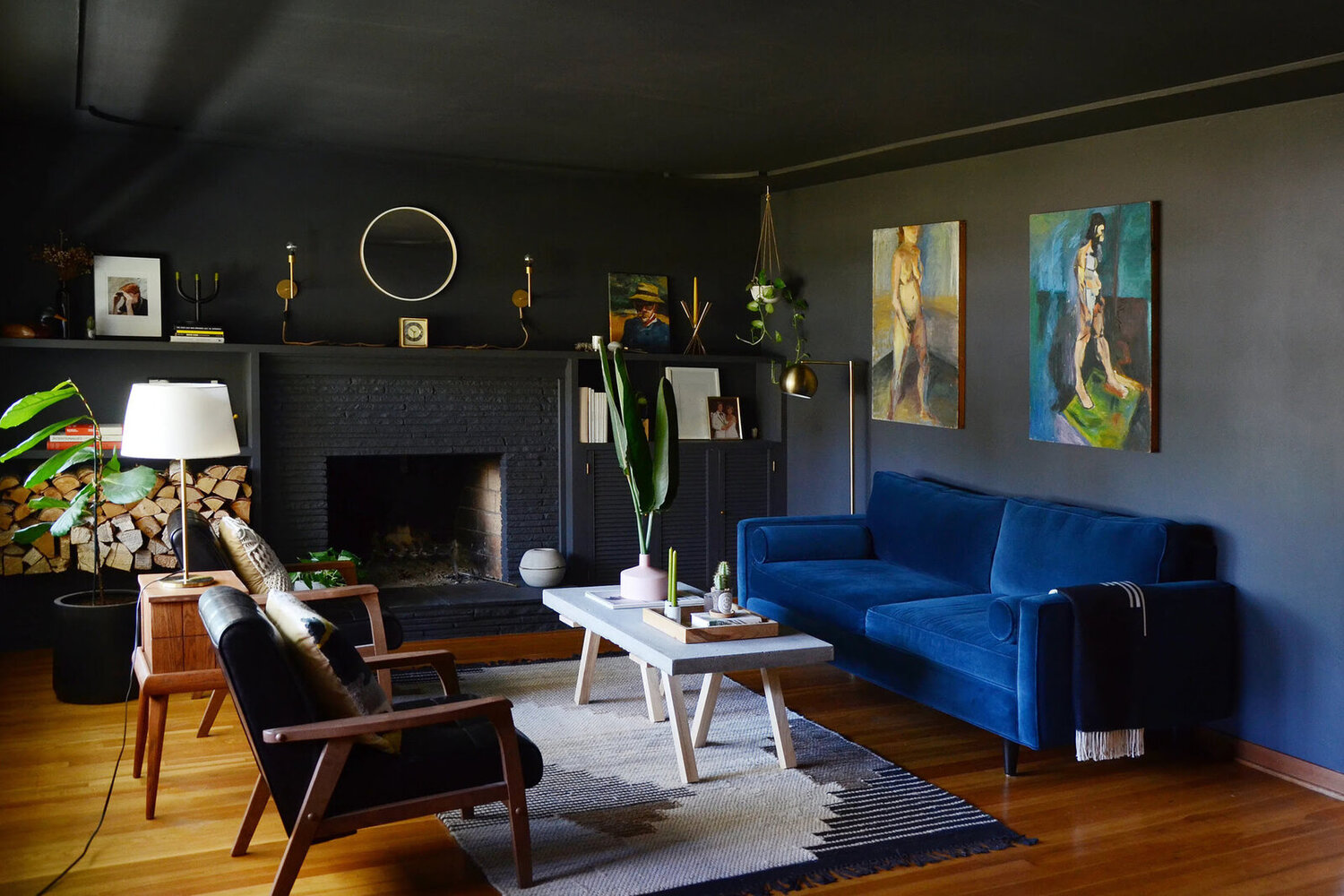
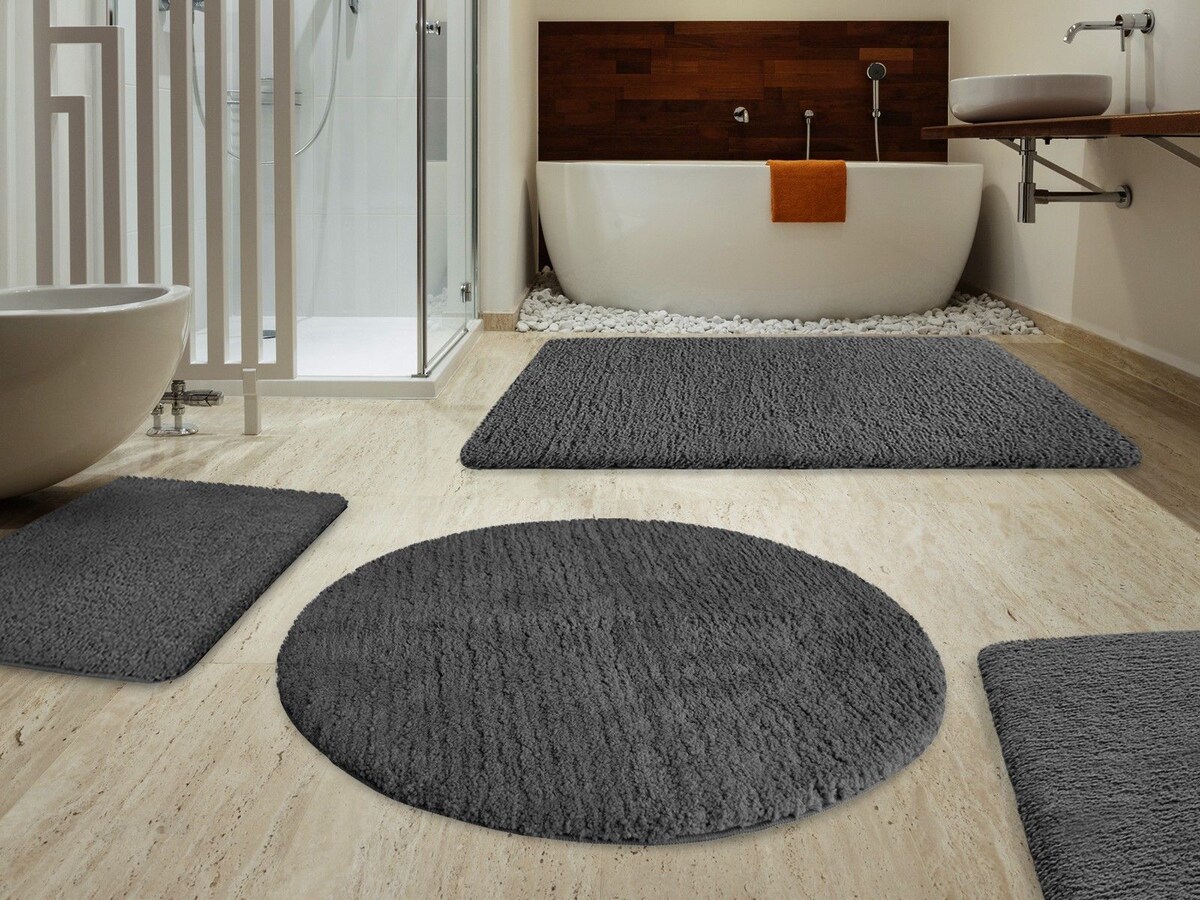
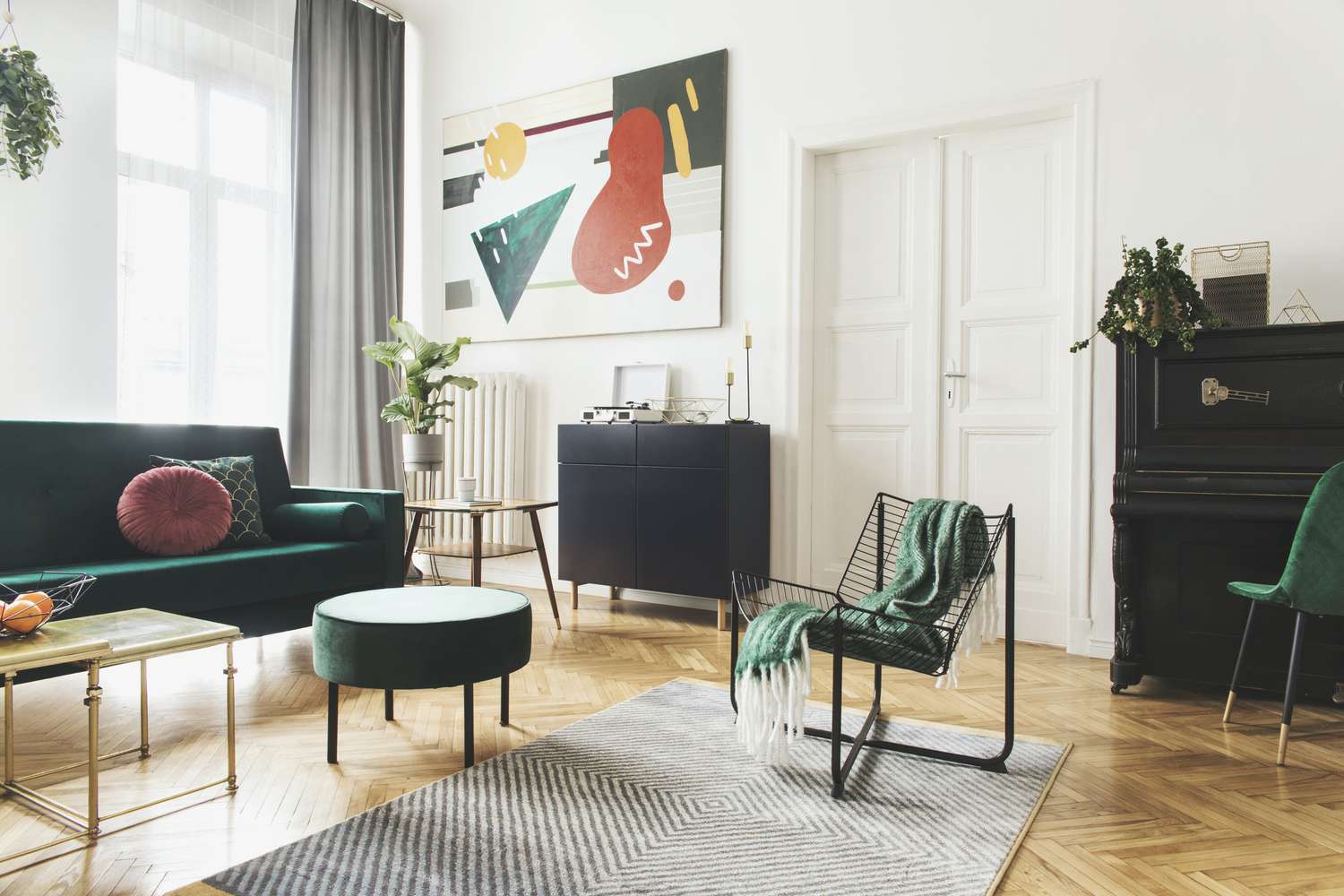

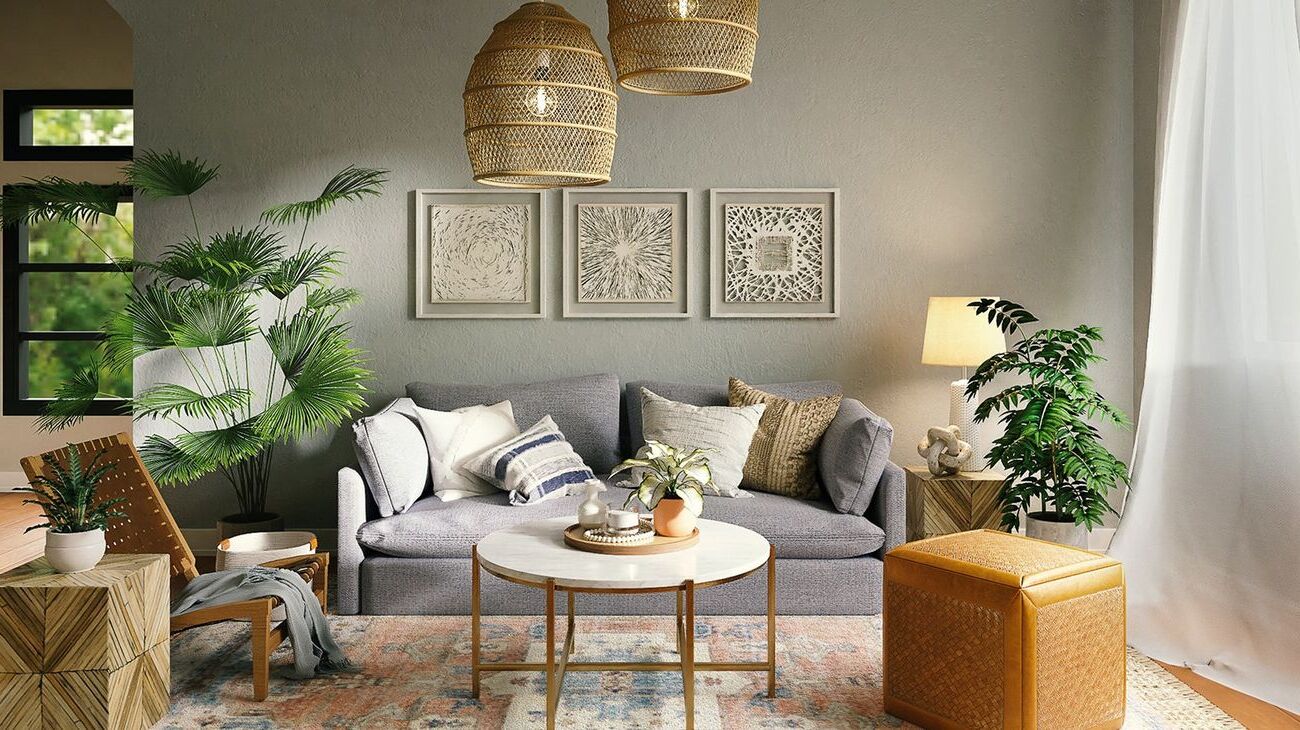
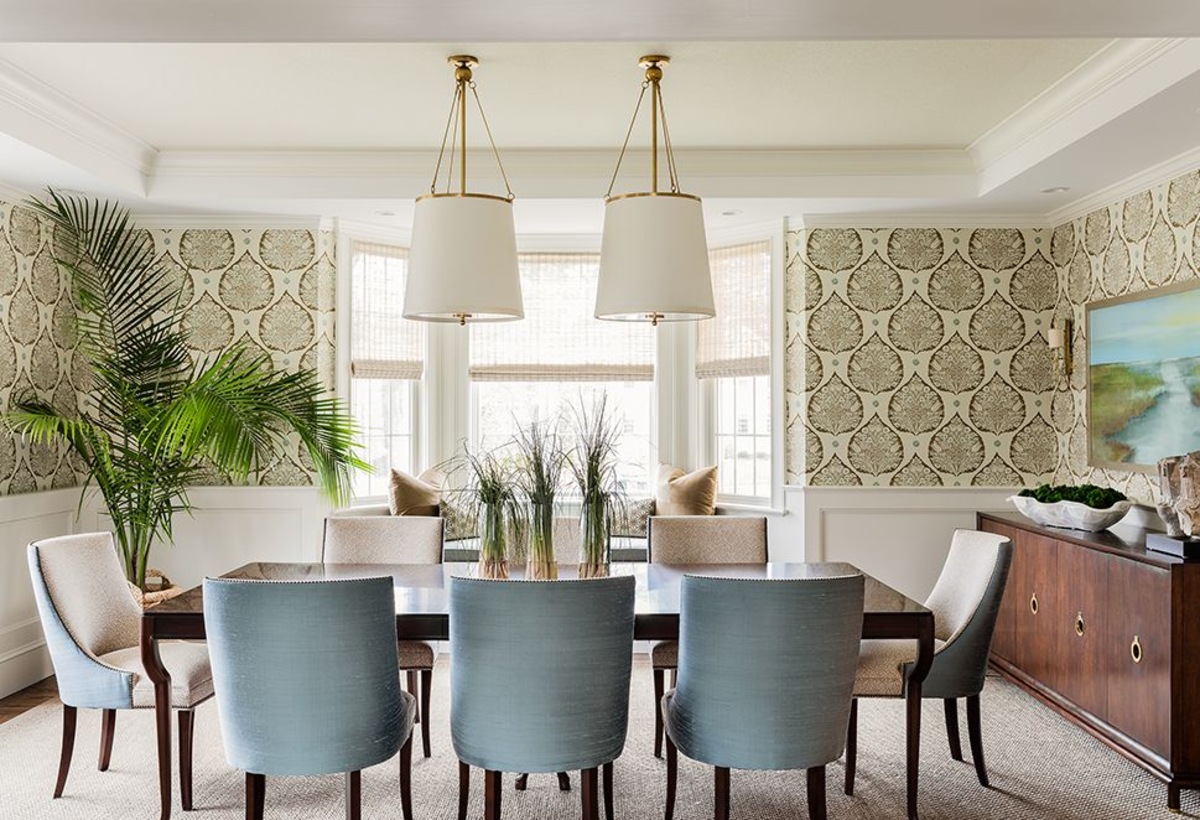
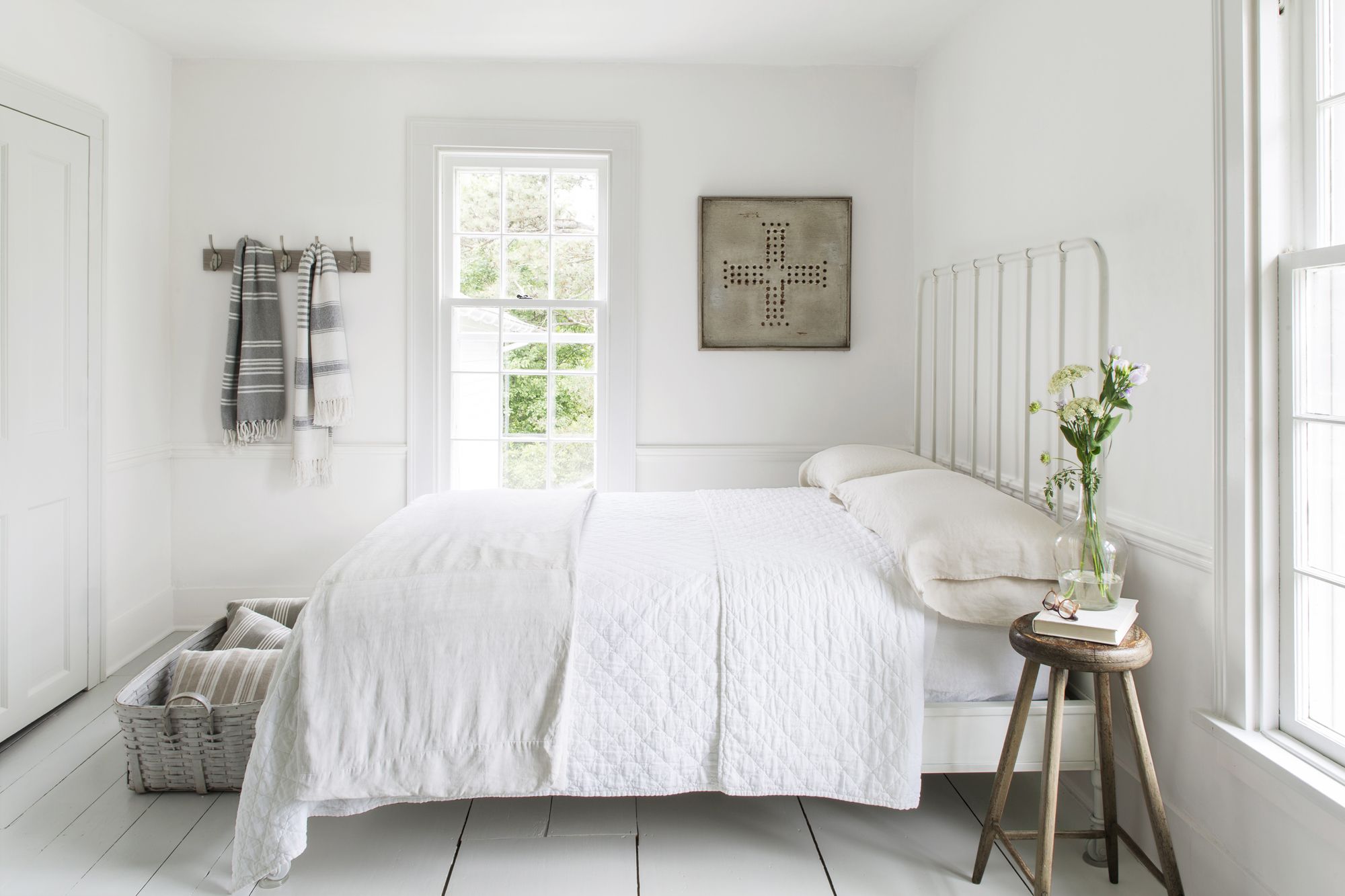
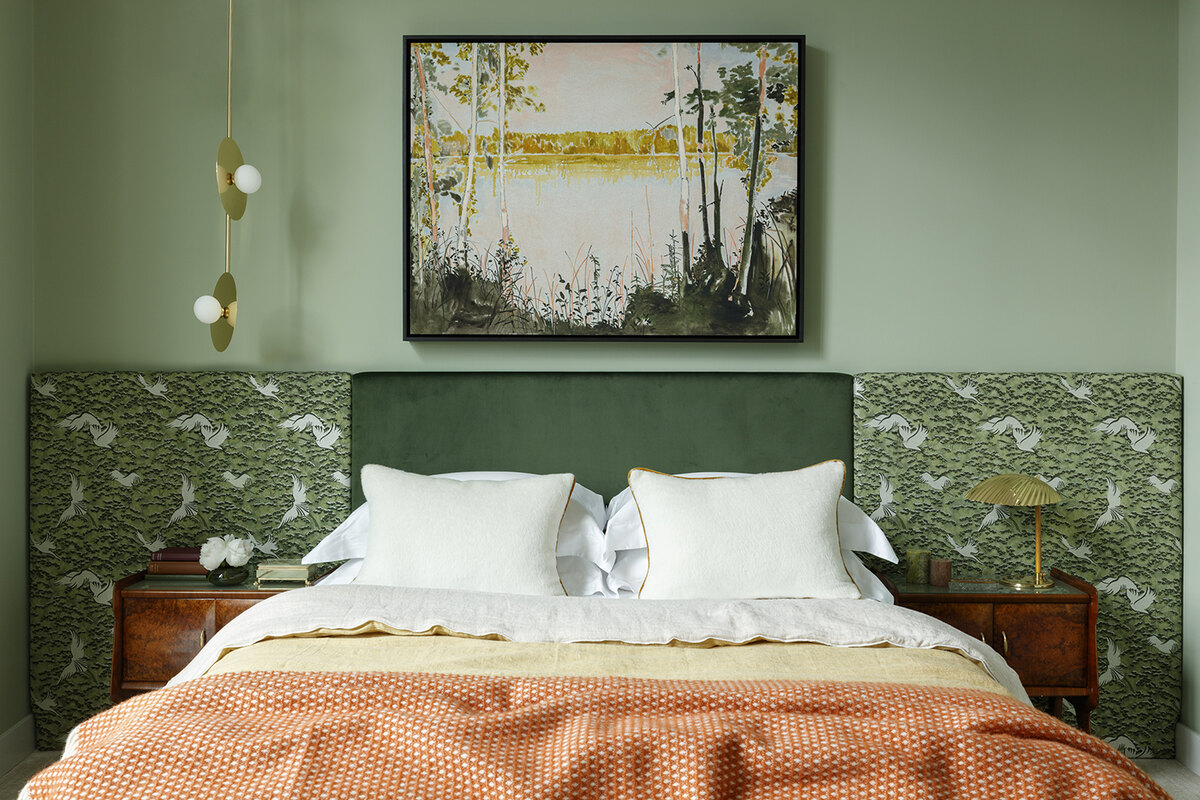
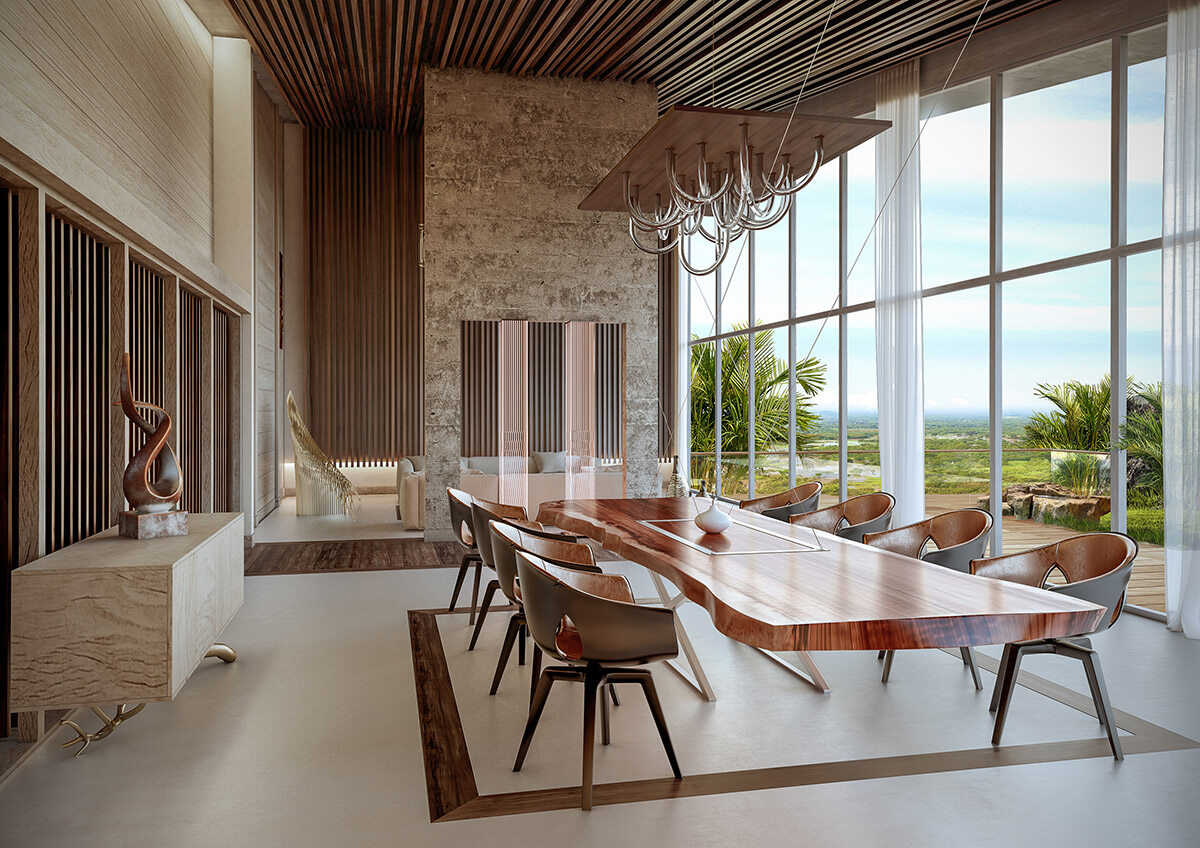
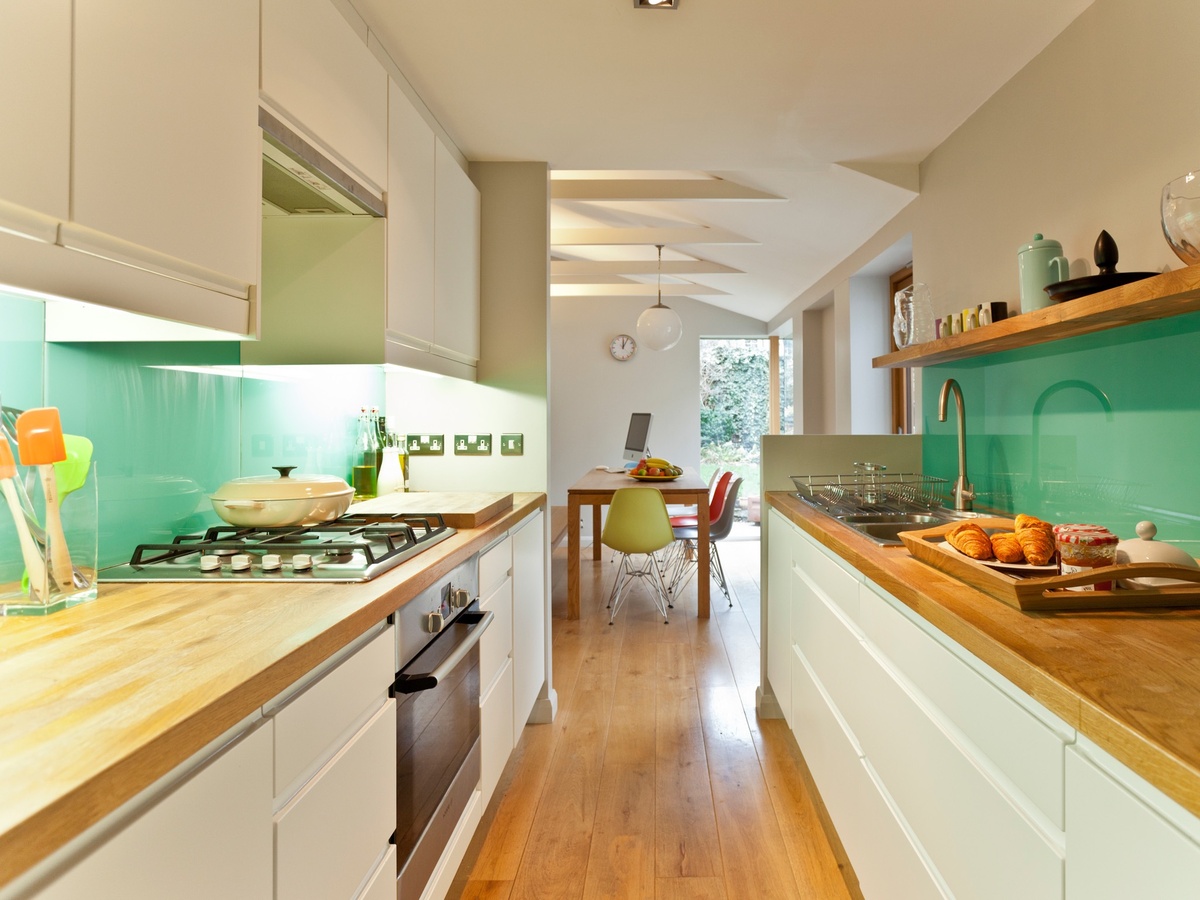
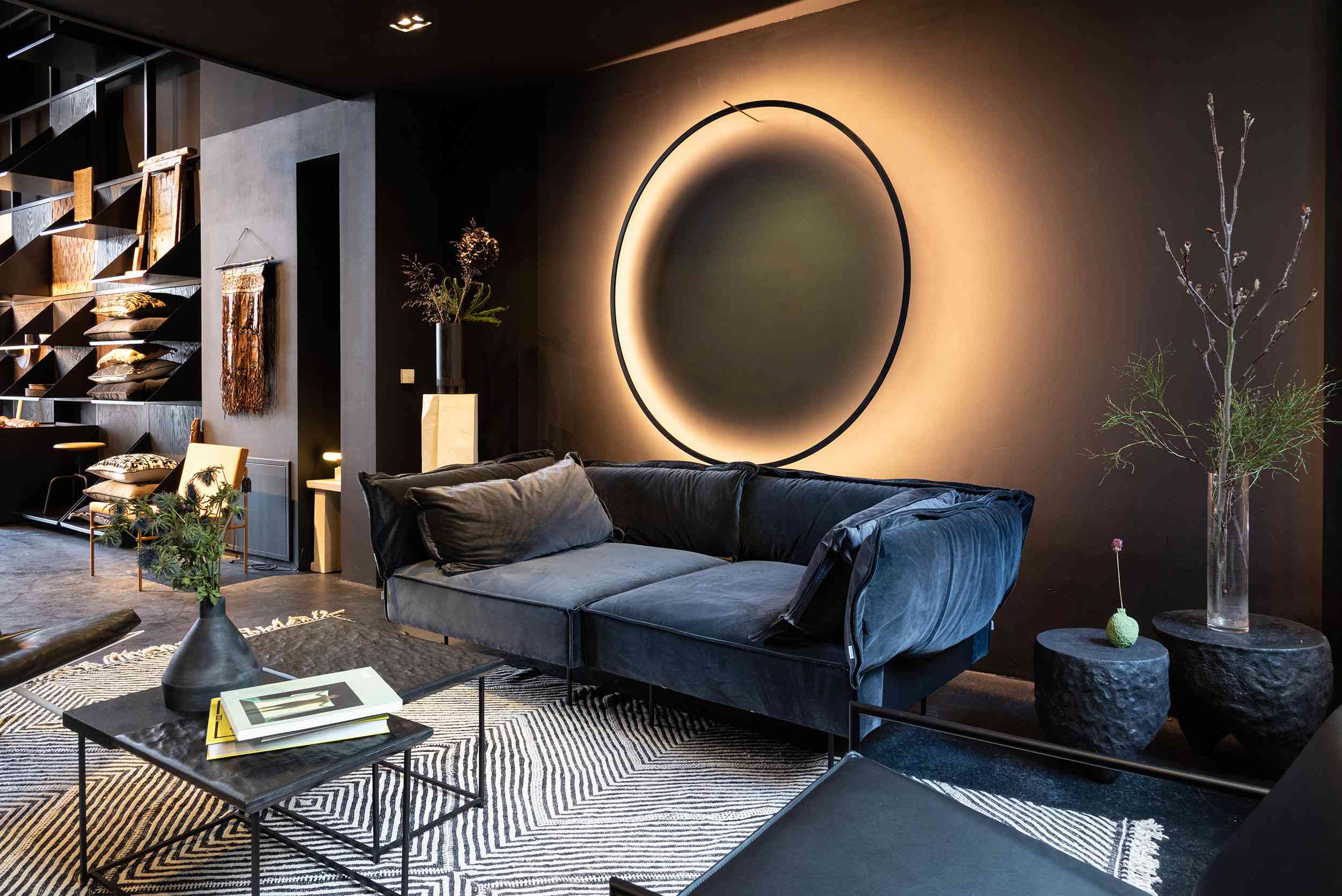

0 thoughts on “Decorating With Botanicals: 10 Ways To Use Foliage In Rooms”